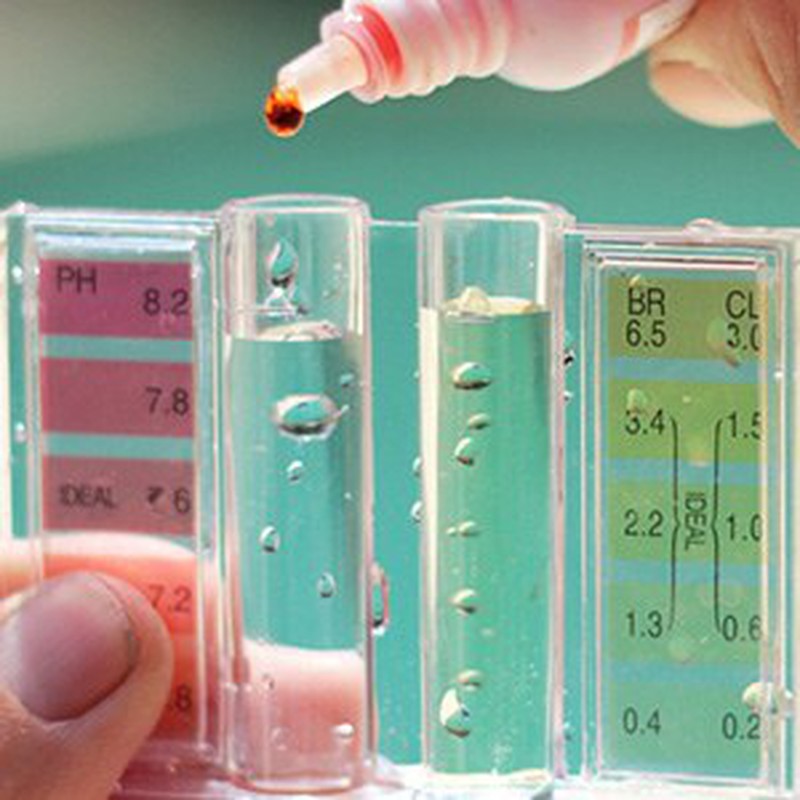How to regulate the pH of a swimming pool?
Summer has arrived and again the pools become the meeting point for friends and family. The certainty that high temperatures are better supported in these facilities is confirmed, but do you know that there is a very important feature to take into account for full enjoyment of the pool? This is the pH, an element of great importance to keep the water clean and healthy. Along with chlorine, they are the two main attributes that must be adjusted to guarantee the quality of the water and safety of the bathroom, that's why, from PoolFunstore advice we will address how to regulate the pH of a pool.

What is pH and what does it mean in a pool?
For those who do not know the term, pH is a coefficient that is used to define the acidity or alkalinity of water. It is measured with a numerical scale that stable as normal (neutral pH) values between 7.2 and 7.6. Values considered below normal (acid pH) constitute a clear warning that bathing in the pool can cause severe damage to health. Among the most common consequences of low pH in water are itchy eyes, itchy throat, redness and irritation of the skin, among others.
On the other hand, when the pH has levels above normal values (alkaline pH) it is quickly evident in the skin, since it becomes dry and irritated. While the quality of the water compromises to the extreme of turning green and cloudy. With the passage of time, an alkaline pH gives rise to the appearance of algae. Another effect of high pH in swimming pool water is the formation of lime in an accelerated manner, which adheres to walls and floors, providing an unpleasant sensation to the touch. In addition, the lime accumulated in the pipes of the drainage system can compromise its operation.
Having analyzed the biases of an abnormal pH in the pool, we can realize the importance of its control. In this sense, let's analyze how to raise or lower the pH of the pool.
How to reduce a high pH?
If the objective is to lower the pH of the pool, it will be necessary to use a chemical for this. These products can be presented in a liquid or solid state of aggregation. A simple algorithm will suffice to verify the usefulness of the selected product. The first step will be to take some water from the pool with a test kit to measure the pH and the second will be to add the amount of the reducing compound necessary to lower the levels to a neutral state. When we have verified the effectiveness of the product then we are ready to proceed with the pool water.
It is essential that there is no person inside the pool when pouring the product into it, which will be done following the instructions provided on the container. Another advisable aspect is that the filtering system has been working for at least an hour and is at the time of treatment. Since the product should be spread as evenly as possible over the entire surface of the water, the use of a metering pump for large swimming pools is recommended.
To increase pH levels?
Otherwise, that is, when the pH is acidic, a liquid or solid chemical compound is also required which is called an enhancer. The procedure for its use is exactly the same as that explained above, indicating that its application must be gradual. Both pH reducers and enhancers are generally stored in containers with instructions that must be followed to the letter to ensure optimal operation.
Final thoughts
A final tip that we want to transmit from PoolFunStore, the pH of the pool must be measured daily and in the case of using saline electrolysis equipment validate that they not only control the chlorine in the water, but also the pH. As you can see, the acidity or alkalinity of the water is a very important issue to guarantee the safety of swimming pools. In addition, its control is not complex, hence we can maintain crystal clear water during this summer.





Our customers trust us
Opinions of our clients
Receive our news